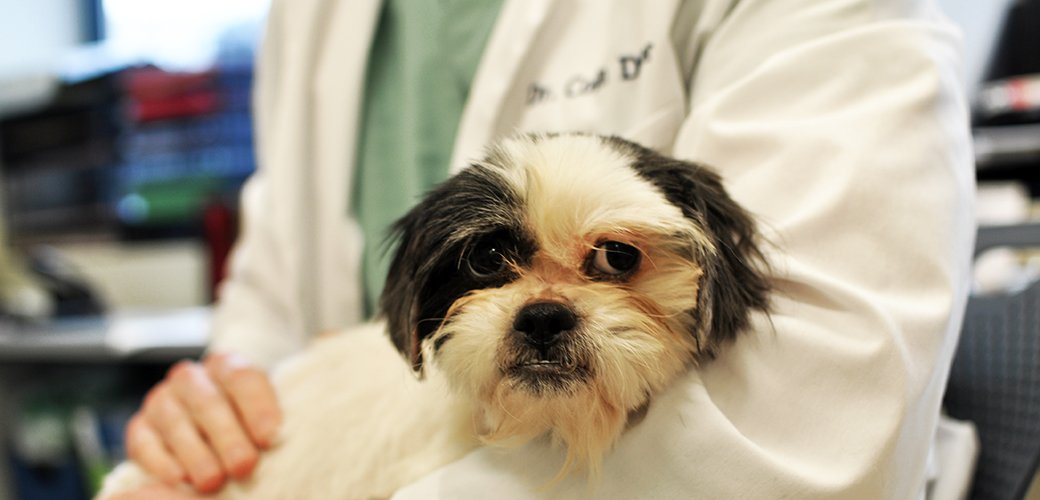Dog owners of all stripes eventually come to terms with the fact that they must employ some form of behaviour modification techniques while bringing up their cherished companion.
If you look online for “FREE DOG TRAINING TIPS,” you’ll see that there are many options for how to train your dog. Maybe you’re wondering, though, what the best piece of free dog training advice is that I can use to teach my dog.
Another helpful piece of free dog training advice is to remember the importance of using only positive dog training methods. Never use physical force (including hitting, slapping, or yelling) on your dog as a form of correction or training.
One of the most important pieces of free dog training advice is to remember that dogs do not respond positively to any form of negative dog training.
Beginning dog obedience training should make it a point to consistently reward good behaviour from their pet. Something similar may occur if he or she sits, stays, defecates, retrieves, etc. This is essential information for free dog training, so remember it.
The need to discipline your dog is a sad reality. Knowing when to praise and when to discipline your dog is one of the most important aspects of dog training, but it can also be one of the most confusing.
You’ll need to strike a balance between correcting and rewarding your dog in order to train him in the basics of obedience. Patience is a virtue in dog training, and you should cultivate this virtue freely since your dog is learning and trying to please you.
One of the most important things you can do to help your dog learn is to set a good example yourself and your family. It’s important that everyone in the house understands the dog-training process and knows how they may help if needed.
How your dog acts when he’s in your presence is something to think about when trying to train him.
Is your dog readily distracted by the company of other canines?
Training your dog to pay attention to you and the things you’re trying to teach it is essential.
Whenever there are other people nearby, how does your dog act?
Is he OK with someone else handling him?
Is he easily sidetracked while he’s in the company of others?
An additional free training tip is to begin the process in an environment that is comfortable and known to your dog. You should eliminate any potential distractions, such as noise or other individuals.
Once your dog has demonstrated an ability to focus on a task at hand, you may move the training outdoors or into a busier area where he will be faced with more distractions.
Another piece of free guidance for training your dog is to make use of a leash. If you’re having trouble keeping your dog’s attention while learning basic dog training commands, you’ll quickly realise that teaching him to do these behaviours while on a leash may be quite helpful (sit, stay, retrieve, come, etc.).
If you want to use a leash in your dog’s training, it’s important to get him accustomed to walking with one as soon as possible.
Obedience training is a type of training that helps dogs learn to follow commands and behave properly. It is a common practice among dog owners, and it can be beneficial for a variety of reasons. Obedience training can help dogs learn good manners, such as not jumping up on people or begging at the table. It can also help dogs learn basic commands, such as “sit,” “stay,” and “come,” which can be useful in emergency situations or for general safety and control. Additionally, obedience training can be a great way for dogs and their owners to bond and build trust.
When you learn to properly control your dog via leash training, you and your pet have a mutual understanding of the importance of discipline. If you want the greatest effects, use it frequently. As a result, you will soon see the benefits of training your dog and be able to put any free dog training tips to good use.
Regardless of the method you choose, it’s important to be patient and consistent with your training, and to reward your dog for good behavior. It’s also important to set clear boundaries and rules for your dog, and to be consistent in enforcing them. With time, patience, and consistent training, most dogs can learn to obey commands and behave well.










